Author: Developer
Problem solved:
Capral Aluminium cuts freight volume by 50% with AI-powered industrial packing robots
Capral provides 6,000+ aluminium profiles for building and industrial applications, from windows and doors to frames and custom fabrication. See how pioneering data-driven robotics helped this Australian manufacturer cut freight volumes by 50%, accelerate output, compete with global players and power local jobs.
PROBLEM: Rising costs and complexity of packing and delivering thousands of extrusion shapes
As Australia’s largest extruder and distributor of aluminium systems, with six manufacturing plants nationally, Capral’s products are used in offices, homes, shops, trucks, factories, ferries and more across the country.
With an ever-changing range of 6,000 unique aluminium profiles plus customisations, Capral faced major challenges trying to efficiently and safely sort, pick, pack and load orders for distribution to thousands of worksites.
Like an industrial-size game of Tetris, maximising loads, cutting waste, eliminating damage and accelerating distribution are pivotal to running a profitable manufacturing business.
Capral faced three primary challenges:
Inefficient load packing:
Using traditional manual methods, Capral sent out trucks with empty spaces and used surplus struts and packing materials. This resulted in more loads, wasted capacity and extra weight.
Variable sizes and packaging:
No shipment is the same. In addition to juggling thousands of shapes and profiles, architecturally designed cosmetic pieces have pristine finishes that need specialised packaging and careful positioning to protect them from scratches in transit and when offloading.
Reflective surfaces impact scanning:
Another challenge that complicated previous automation attempts was that shiny reflective surfaces can be invisible or error-prone with standard lasers. Accuracy is critical when pieces differ only in tiny specifications.
Capral had three primary business goals:
- Reduce shipping costs by shifting from wasteful layer and glut packing to a condensed tessellated solution that optimises space and is stable for storage and trucking.
- Design an intelligent long-term solution that does not require manual re-programming for every new extrusion profile shape, which can run at ~20% turnover per year.
- Rationalise the efficiency and costs of picking, packing and shipping to maintain margins and sustainable competitive advantage.
Capral knew precisely what they wanted to achieve;
the challenge was how.
After assessing the market to identify a proven supplier, they selected Applied Robotics as their partner.
SOLVED: AI-powered robotics automate the process from picking to packaging
Having met the most demanding industrial automation challenges since 1985 – and pioneered AI-driven solutions for years before it became mainstream – the Applied Robotics team was more than ready to deliver the end-to-end solution.
The robotics, scanners and conveyors are all driven by a proprietary intelligent algorithm custom-coded by in-house engineers.
With the innovative Capral solution delivered in 2018, Applied Robotics Founder Dr Paul Wong was excited to deploy a solution far ahead of its time.
“We are proud to have designed and deployed Australia’s first AI-based factory automation system, and the world’s first AI-based aluminium extrusion pack-making system.”
All-in-one robotics, scanners, conveyors and packing
Applied Robotics delivered a turnkey solution integrating the software, algorithm and robotic machinery that intelligently identifies 6,000+ unique profiles of aluminium extrusions and sorts them into the most efficient and compact package.
As demonstrated in our video, the solution includes multiple steps:
- A pair of robots automatically identify, pick, sort and place extrusions
- Advanced robot-mounted 3D cameras scan even minor differences on highly reflective surfaces
- Conveyors smoothly guide sections of all sizes through the system
- Condensed pack outfeed with optimised groupings and compact stacking – robots learn how to grasp and nest each shape in real-time with AI computation run on the spot
- Specialised packaging machine with an interleaver to add protective material to architectural finishes for damage-free transit and handling
A collaborative process from design to maintenance
At Applied Robotics, we pride ourselves on using technology to tackle manufacturers’ most complex challenges. As with all our solutions, we take a collaborative and consultative approach to designing a custom solution.
- Define: Analyse processes to deeply understand the issues and objectives
- Design: Develop a proposal detailing hardware, software and services
- Prove: Create a proof of concept to demonstrate exactly how it will work
- Build: Commission, test and optimise the cell in the production environment
- Support: Deliver manuals, training and ongoing support and maintenance
RESULTS: 50% lower freight volumes cut costs and accelerate output
Through one carefully designed solution, Applied Robotics was able to help Capral meet all their immediate business objectives and set the business up for the future with a long-term competitive advantage and cost efficiency that enables them to maintain profitability and stay ahead of global players on value.
- Delivered a 50% freight volume reduction, which dramatically cut freight costs
- More efficient packing processes accelerate distribution and increase capacity
- Significantly reduced production costs and higher margins
- With intelligent data-driven processes, Capral also have the data they need to feed into ordering, inventory and reporting systems to further optimise and streamline systems
Capral is also committed to reaching Net Zero by 2050 and, in 2022, was the first Australian extruder to offer low-carbon aluminium options. Maximising freight efficiency is crucial to sustainability improvements.
The best is yet to come
Following the success of this project, Applied Robotics developed a robotic arm that works in a hostile 600℃ environment, holding and positioning hot aluminium bullets to shape raw materials into precise profiles.
Capral’s previous mechanical arm was inaccurate, causing deformed cuts, frequent downtime and product errors.
We designed a flexible and heat-proof robotic arm to pick a hot billet from the oven, orientate it into position and guide it as the ram pushes the billet through the die (mould). We also deployed a second gripper to increase capacity and an enhanced version to cater to multiple die diameters.
With a long-term partnership approach, Applied Robotics continues to work closely with Capral to optimise their manufacturing processes. This AI-powered technology makes it possible to automate all the processes in an aluminium extrusion factory.
By working with local success stories like Capral, our vision is to transform the Australian industry into a globally competitive manufacturing powerhouse by enabling onshore manufacturing, driving towards a more efficient, competitive and technologically advanced future.
To explore the AI-driven automation possibilities for your manufacturing operation, contact our expert team for a discussion.
Faced with an ageing population and a skills shortage, Europe’s largest economy turned to robots to power its economy. Last year alone, 26,000 robotic machines were put in place in Germany helping alleviate the seven million workers the country is expected to lose by 2035.
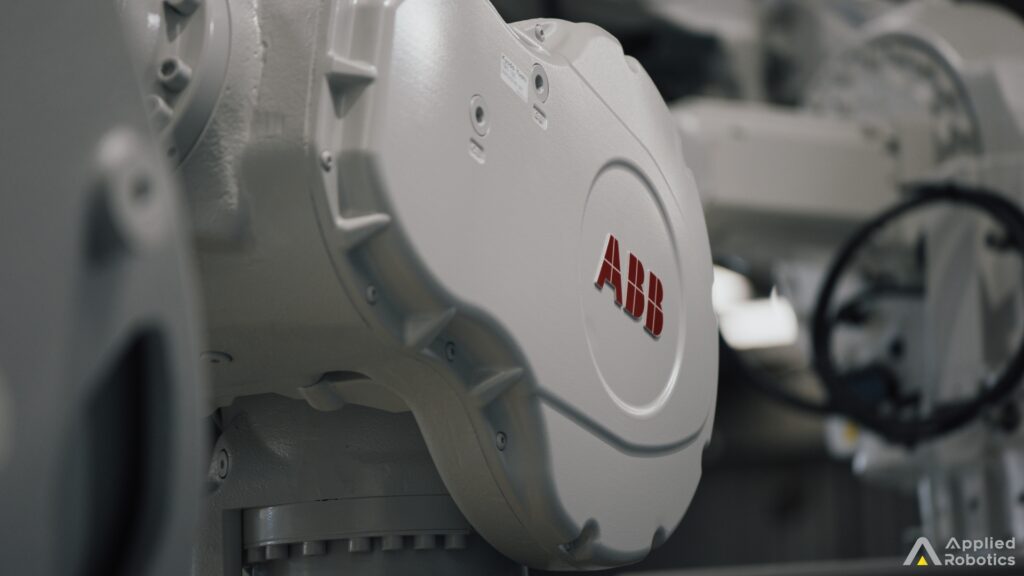
The situation in Australia is not vastly different where the skills shortage is compounded by falling productivity. The recently released National Robotics Strategy came at an opportune time according to the country’s leading automation and robotics integrator, Applied Robotics. The company is at the forefront of onshoring and reshoring initiatives to help build Australia into a globally competitive manufacturing powerhouse.
There are still questions and some gaps in the National Robotics Strategy, but it has generally been well received by industry. It offers interesting insights and will help our critical industry chart a suitable path forward. The strategy focuses on driving wider adoption, particularly in manufacturing; building skills and capabilities; and enabling a collaborative ecosystem. These are also the core values that Applied Robotics has been practicing since its inception 37 years back.
The company firmly believes that there is deep robotics expertise available in Australia. This was evident after a fire burnt Milliken & Co’s US factory to the ground. The textile and floor covering manufacturer set a timeline of six months to restore their operations to meet global demand. Applied Robotics was entrusted with the rebuild and embarked on one of the largest engineering projects globally at the time, with an estimated cost of half a billion US dollars. In Milliken’s original setup, the robots took 12 seconds to stack a single tile. In designing the rebuild, Applied Robotics developed custom vacuum conveyors that were able to stack four tiles per second making it the world’s fastest carpet tile handling solution. This solution was subsequently adopted in Milliken’s UK and Japanese factories, an example of the world class expertise developed in Australia.
A solution for the worker shortage
No doubt, the local manufacturing industry has faced a challenging period over the past couple of decades, but Australia’s future is not its past. Applied Robotics has long been a proponent of employing robotics and automation technologies to scale Australia’s manufacturing sector and address labour shortages.
An example is the solution the company developed for Unilever to automate their infeed personal care and hygiene dosing lines. A specially developed gripper picked various sized bottles, decanted them and collapsed the cartons, an onerous manual task that was also difficult to accomplish because of the challenge in getting workers.
The Strategy Paper highlights other local innovations such as SwarmBot, an autonomous farming vehicle that can be used for spraying, weeding and harvesting. It has been developed by Queensland based SwarmFarm Robotics which is one of the few companies worldwide with real robots already working on farms. Another Australian company, Emesent, is a world leader in autonomous and lidar mapping with drones, including in GPS-denied environments.
It is evident that Australia has robust robotics sector posting continued revenue growth which can be bolstered by government initiatives like the $15 billion National Reconstruction Fund. If properly nurtured and supported by sound policy, this sector has the potential to add $170 billion to $600 billion per year to our GDP by 2030.
Australia well positioned to benefit from robotics
Applied Robotics is convinced that Australia is a global leader in robotics research and smart specialisation, particularly in autonomous systems and advanced manufacturing. The company continues draw on its expertise to promote robotics adoption by working with Australian manufacturers across a variety of sectors including renewables, intralogistics, food & beverage, pharmaceuticals and recycling, among others.
Although a step in the right direction, the Strategy Paper falls a bit short in the area of manufacturing strategy. There was a noticeable absence of any discussion around the Future Made in Australia initiative which is meant to address the major structural and strategic challenges that the local economy faces. Australia needs strong domestic capability in robotics to deliver economic resilience and security.
To translate the sentiment laid out in the Strategy Paper into positive outcomes, Applied Robotics is of the firm view that we need strong and consistent government support to encourage private investment in key industries. This will help the Australian economy navigate and prosper through the current challenges.
This should be high on the government’s priority list as annual productivity growth slowed to 1.2 percent per year in the 20 years to 2021-22. This is the lowest level in six decades. Applied Robotics is calling for a committed investment in automation and robotics that will help increase annual productivity growth in Australia by 50 to 150 percent. These technologies have the potential to add a further $170 billion to $600 billion per year to our GDP by 2030.
Collaboration is key
Supporting this growth will require a steady supply of high-quality talent. While Australia boasts some fine institutions turning out excellent graduates, the Strategy Paper missed the opportunity to turn the spotlight on education partnerships with industry. Applied Robotics is doing its part by investing in local talent through comprehensive training and development programs. Countries with strong industry-academia collaborations are often more competitive globally due to a robust innovation ecosystem. Educational partnerships in Australia may not be attractive as they do not appear to be beneficial to industry. The Strategy Paper could have looked at co-investments and government funding to take these partnerships to the next level.
Australia can also better leverage its successes in applying robotics solutions. No doubt, Wi-Fi and Cochlear are great Australian innovations but it will be beneficial to do a deep dive into the country’s recent successes in applying robotics solutions particularly in the areas of mining and farming. Robotics solutions typically require significant investment and showcasing Australia’s proven capabilities will encourage more organisations to commit to the journey.
Without a doubt, the National Robotics Strategy is a welcome first step as it turns the spotlight on to a key aspect that is critical to nation building. Applied Robotics is calling on the government to join industry in a “whatever it takes approach” and move the National Robotics Strategy from a document to a national priority.
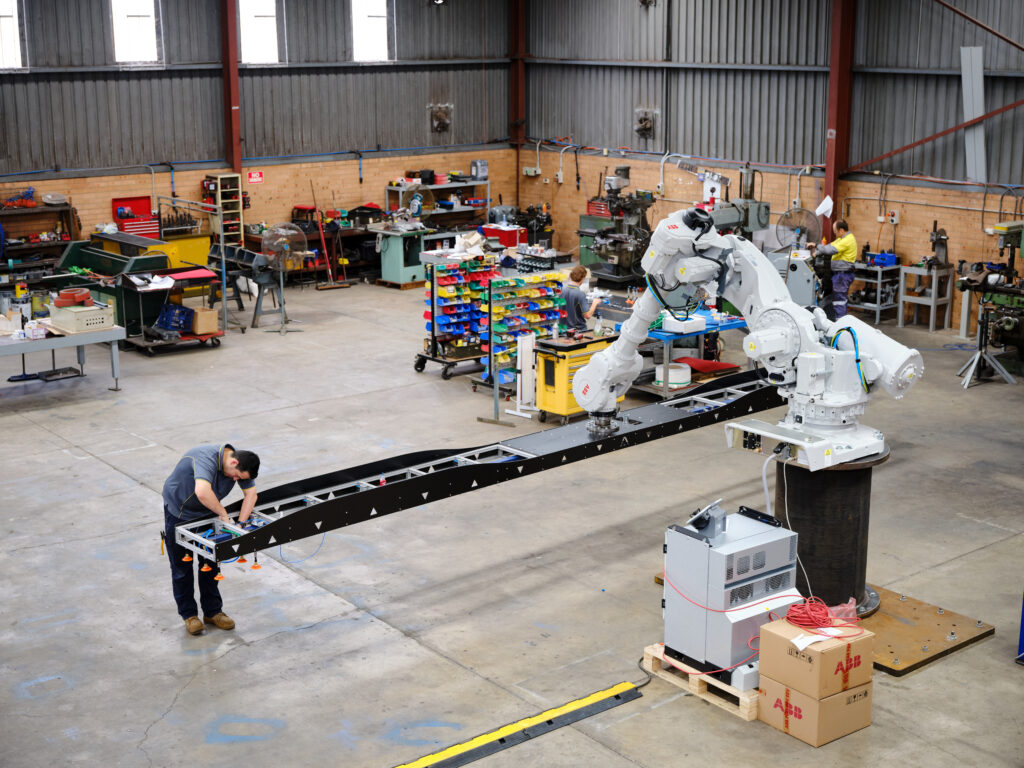
With the publication of the 2024-2025 Federal Budget this earlier this month also came the announcement of a whopping $23bn investment over the next 10 years in the ”Future Made in Australia Package”. In his speech on Tuesday evening, Treasurer Jim Chalmers said ”that the global economy was facing its biggest transformation since the Industrial Revolution”, but what exactly does this investment mean for industry?
A deeper delve into the “Future Made in Australia”, reveals the strategies aims to drive economic growth, innovation and industry transformation, although, there is certainly ongoing debate regarding it’s effectiveness and potential costs. With much of the general direction of the budget attempting to provide relief to the ever-rising cost-of-living and the ongoing battle against inflation, experts have weighed in to emphasise the critical role of improving productivity to maintain economic growth and living standards.
According to economists, Warren Hogan and Craig James, productivity is the “missing piece” in the economic puzzle; crucial for achieving higher living standards and sustainable wage growth. Craig James, the CommSec Chief Economist, underscores the importance of productivity in maintaining a balanced economic equation. He explains that sustainable wage growth requires a corresponding increase in productivity and emphasises the need for innovative solutions to drive productivity gains.
Independent economist Saul Eslake, weighs in by echoing these sentiments. He emphasises the consequences of stagnant productivity on inflation rates, without a recovery in productivity, Eslake warns of persistently high inflation, which would pose challenges for both businesses, the government and consumers.
As the nation grapples with inflationary pressures, investing in productivity-enhancing technologies becomes imperative to drive transformative change. Through development of tailored automation solutions, we can optimise production processes and boost efficiency in industry by leveraging advanced robotics technology and extensive automation expertise. Working to not only empower Australian industries, but also provide reassurance of the effectiveness of these solutions in enhancing productivity and competitiveness.
Whilst traditional manufacturing may face productivity challenges, and concern about the efficacy of subsidising local manufacturing is still prevalent, innovative automation solutions offer a pathway to higher efficiency and cost-effectiveness. By investing strategically, Australian industry has proven productivity gains across the manufacturing sector and with it, active contribution to the nation’s economic growth.
In conclusion, addressing productivity challenges is key to combating inflation and fostering economic prosperity. We stand ready to collaborate with Australian industries, offering innovative automation solutions that promise significant productivity gains and a brighter economic future in alignment with the Future Made in Australia strategy.
.
In the business world, we are bombarded with headlines like “Adaptability: the new competitive advantage” and “Adaptability is key to business growth”. However, when it comes to adaptability, how easy is it to adapt modern technologies such as specialty machines and robotics into your business for that competitive advantage and business growth?
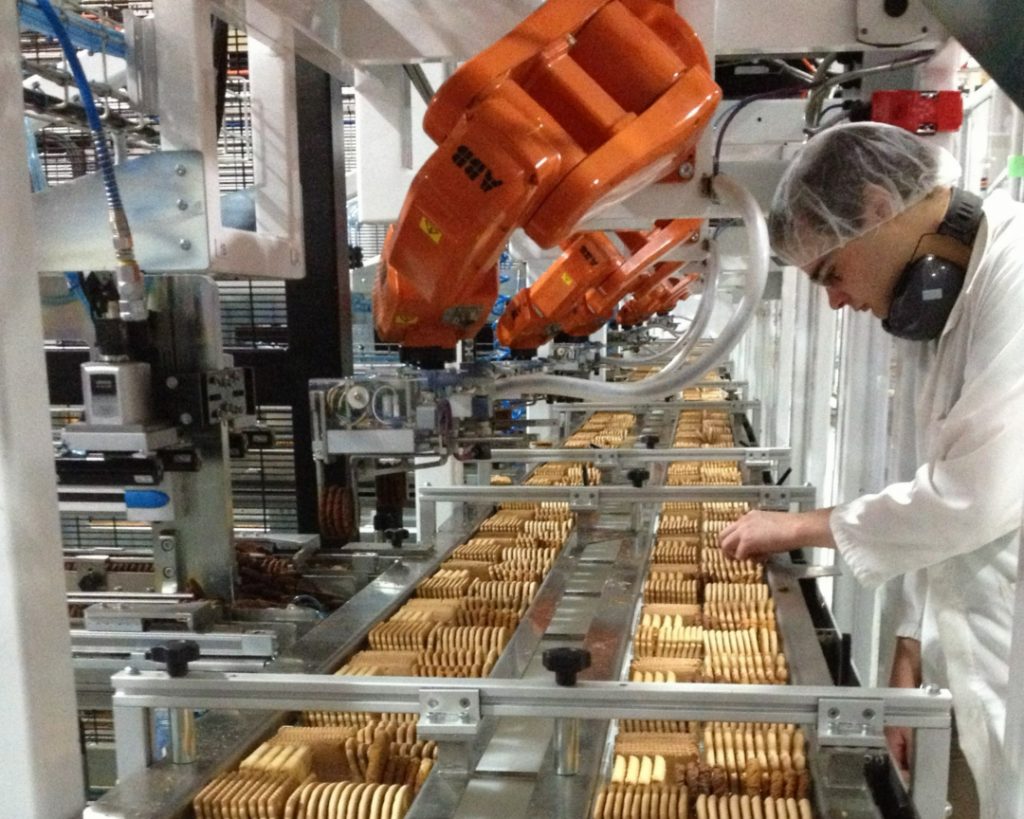
Enter: modular robotic design, the future of agile manufacturing. Imagine your assembly line as building blocks. Each block represents a module or sub-assembly, that has a particular function but is designed to be integrated into a larger assembly.
Modules are a cost-effective way to provide manufacturing companies with the flexibility to respond to customer demands with efficiency. Whilst flexibility is increased as modules can be upgraded, downgraded, mixed or matched with different robots.
The adoption of automation to improve workplace safety has never been more appealing than during COVID-19.
In the past, automated technologies were used to improve safety and prevent workplace accidents. Employees no longer had to work in unsafe and hazardous conditions. Automated Mobile Robots also known as AMR’s, replaced Forklifts to reduce the likelihood of accidents caused by human error.
Now automation has the added bonus of improving workplace safety by helping businesses mitigate the risk of in-person contact and deal with staff shortages, reducing the pressure on fatigued and overworked shadow staff.
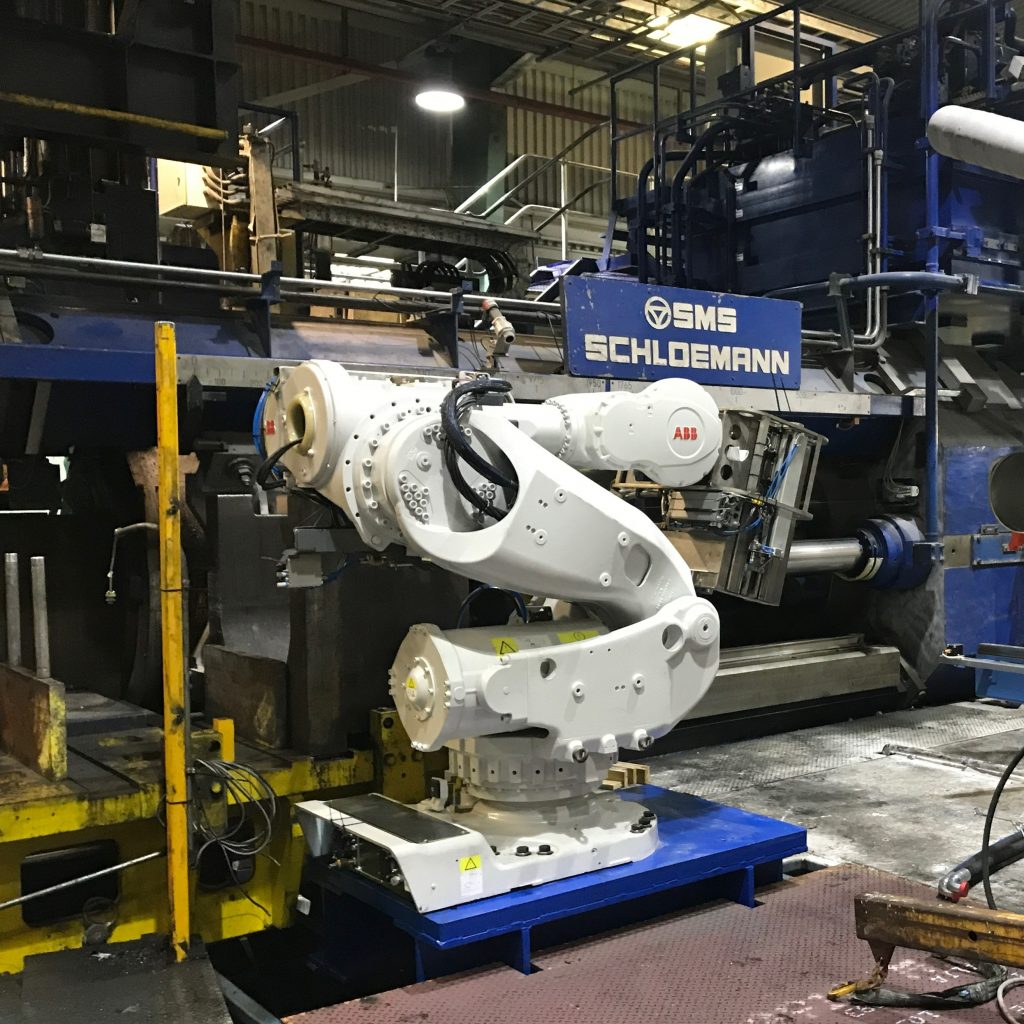
As businesses rapidly incorporate automation into their business models to improve workplace safety whilst operating in the “new normal,” it is important to remember the following:
- A comprehensive risk assessment is essential
- Safety requirements must be addressed with staff extensively
- Use predictive maintenance to prevent accidents and down-time
- Have a strong understanding of appropriate safety codes and practices
How is your company improving workplace safety?
The emphasis on buying Australian-made to stimulate the Australian economy and create jobs has never been so pronounced.
Data from Roy Morgan found that 93% of people are more likely to buy Australian made.
Do people’s preferences translate into actions?
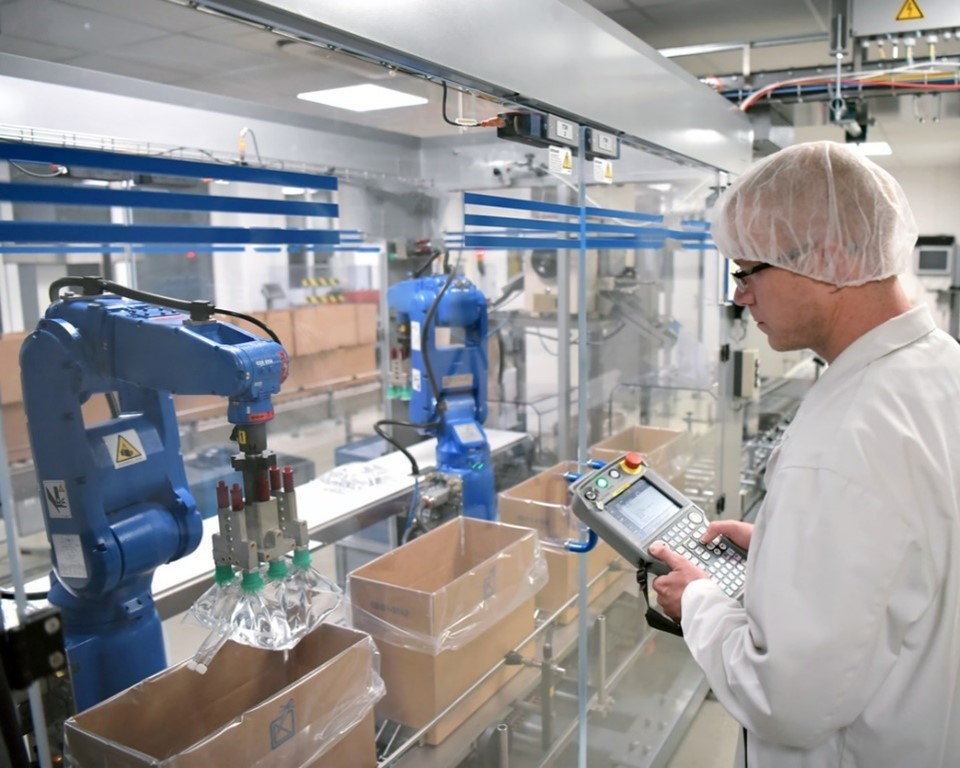
From 2019-2020 Australia’s imports from China amounted to 83.4 billion dollars
Regrettably, this fact suggests Australians are not willing to pay more for Australian made.
Australia’s inability to compete with China based on cost is frequently accounted for Australia’s higher labour costs.
Whilst China is investing heavily in high-value add manufacturing, it is often the case that Australian manufacturers can effectively compete with China on cost through a robust automation system and you will be surprised by the significant return on investment.
The simplest design is often the best. Applied Robotics simplifies designs where possible, so our machines are affordable and easy to operate and maintain.
On a recent automation project for a fast-moving goods assembly line, we identified that pneumatics was a suitable substitute for a servo motor to reduce costs for our client. Not only are the parts for a servo motor more expensive, but they also take longer to programme as the controls are more complex. In this scenario, pneumatics was more cost-effective, faster to implement and less expensive to service.
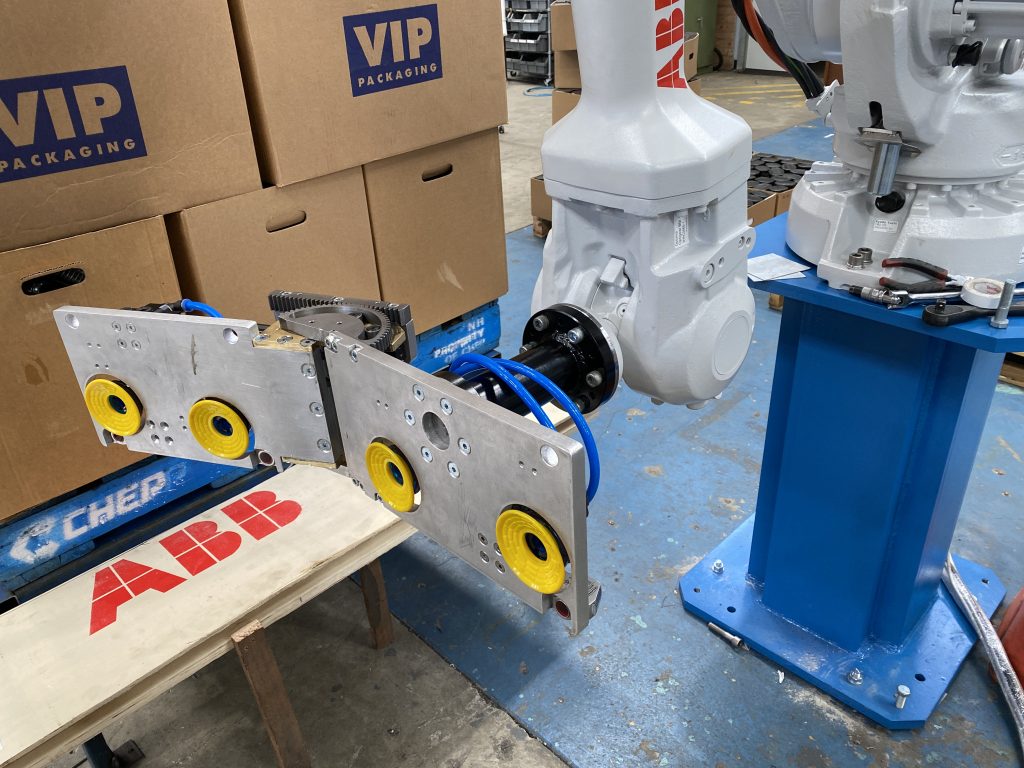
This is the kind of beyond the box thinking and customer focused solution you receive when working with Applied Robotics. To experience the difference, register for our Automation Discovery Program to receive a free observation workshop to discuss your automation needs.
Collaborative robots, also known as cobots, are robots that are pre-programmed to detect humans when in a collaborative workspace.
Unlike traditional robots that require segregation and physical guarding, cobots have sophisticated integrated collision detection systems that can detect collisions and quickly adjust the motor speed to prevent injury.
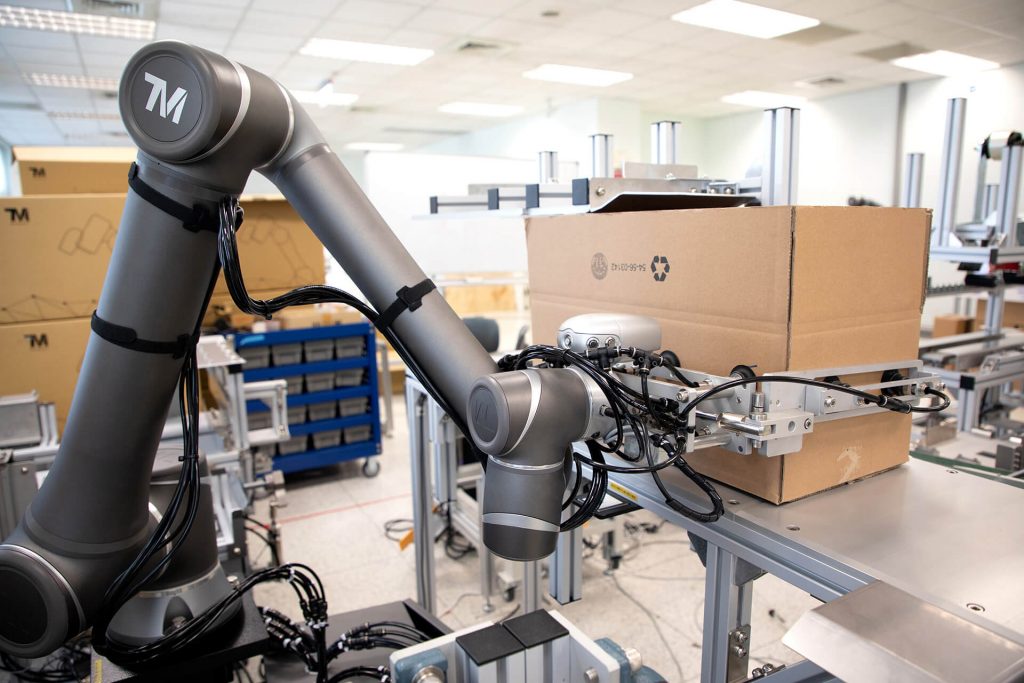
Advanced cobots have built-in vision systems that when combined with Artificial Intelligence can recognise parts of the human body and react accordingly. Motion sensors allow them to modify their speed or stop completely when in close range to humans. Cobots are ideal for industrial applications with repetitive tasks, such as assembly, packaging, inspection and logistics.
Specialty Purpose Machines or Robots, that is the question when implementing automated production.
The most financially viable option comes down to the number of axes the product is required to move. If only 1 or 2 axis movement is required then an automated machine, such as a conveyor belt, is ideal from a functional and financial point of view. Maintenance and replacement are more affordable, and it is less complex resulting in faster task execution and fewer people to train.
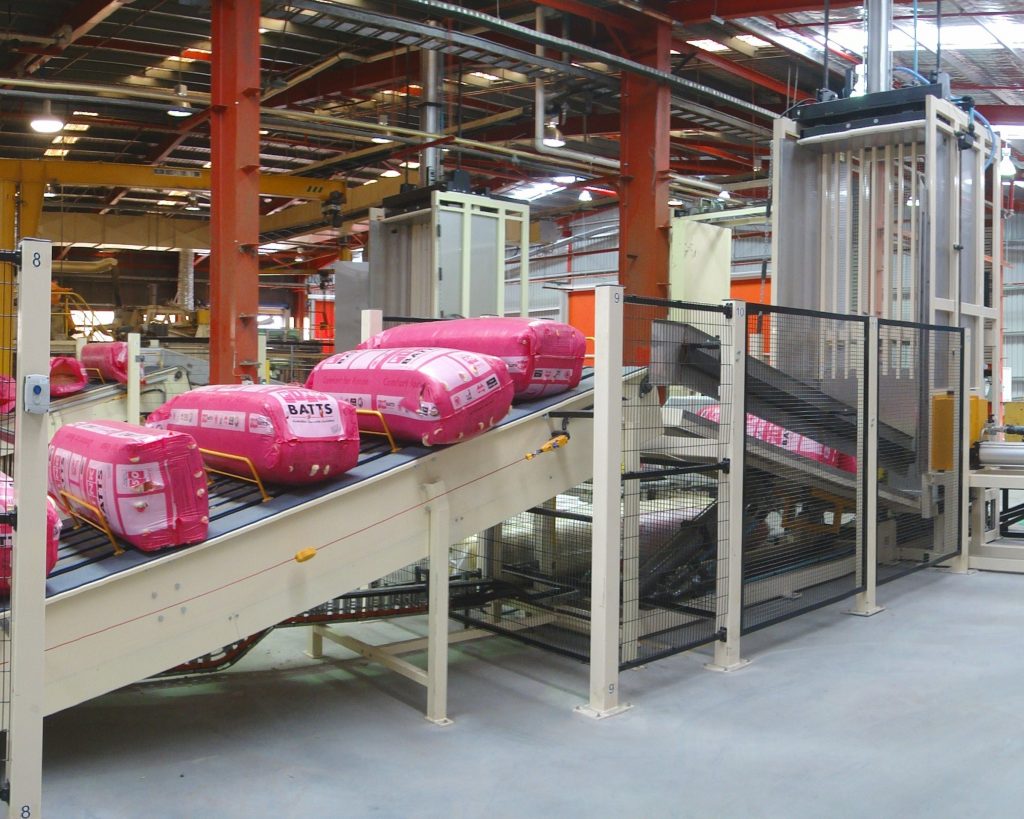
If 3 or more movement axes are needed, robotics is the superior option as it is more efficient and cost-effective. In more complex solutions, numerous specialty machines can be integrated to complete the same task with less finesse and efficiency.
Contact us to take advantage of Applied Robotics’ Automation Discovery Program (ADP), a free observation workshop that can help you identify if speciality machines or robotics are suitable for your automation objectives.